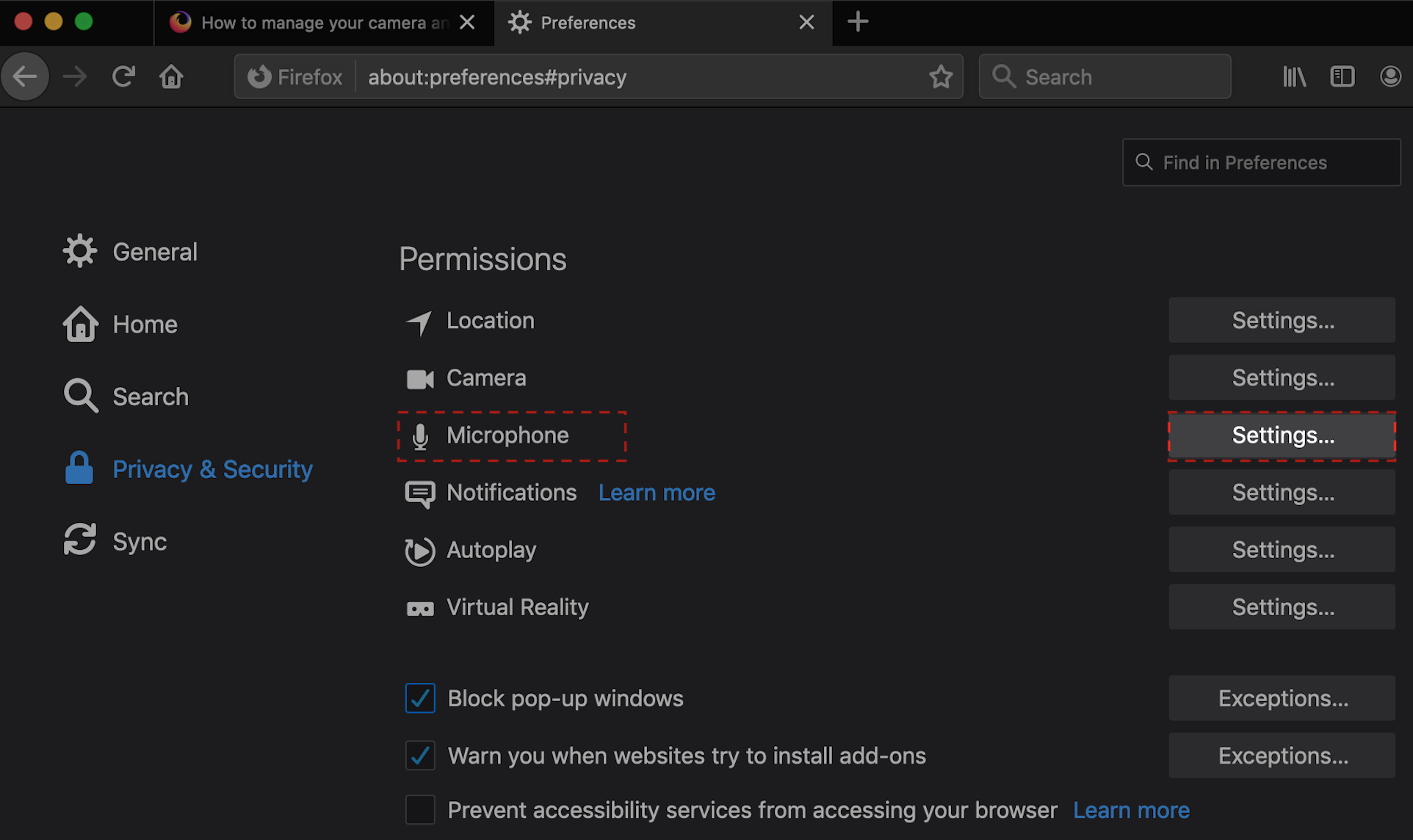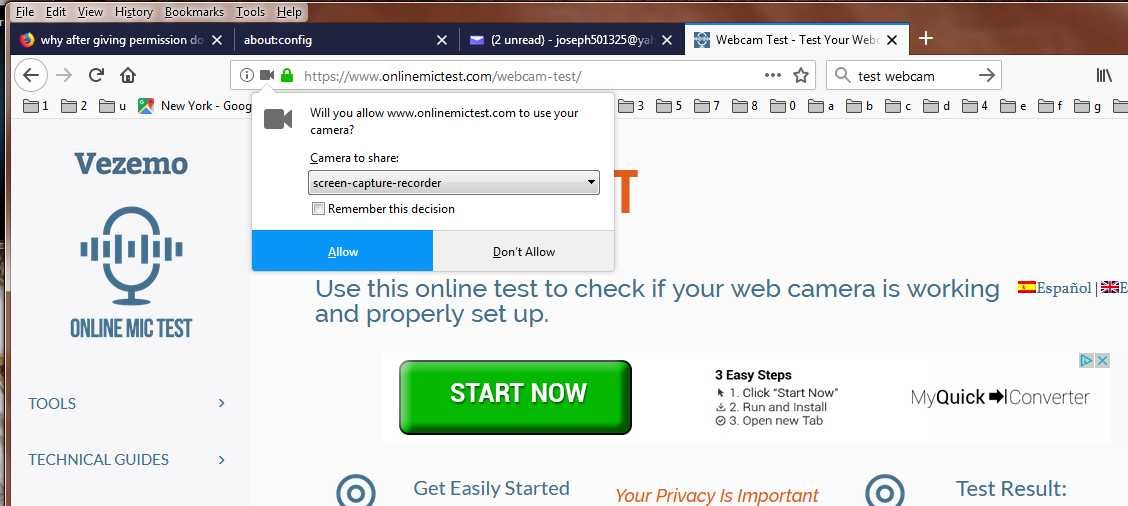

If there's something you only want to enable on a per-channel basis, we recommend considering disabling it per channel instead, depending on how many channels need it enabled. Grant it exactly what you want all your members to have. If you want sustainable and easy-to-manage role permissions in your server, start with the role. The bot is now able to escalate permissions by giving itself the Admin role.

You invite the bot, grant it the Manage Roles permission, and lazily move it to the top of your member list. One day, you want to set up a bot that enables your users to assign pronoun roles to themselves. For instance, let's assume you have a role named Admin with the Administrator permission. One thing you should note here is that the Manage Roles permission can be all-powerful, and you need to be very cautious of your role hierarchy because of it. To make matters more confusing, you will however be able to add or remove roles from them as long as the roles are lower than your highest one.
Discord permissions reset full#
We wish that was the full story, though, because how you can use those permissions on other users is comparative, meaning that you won't be able to timeout, kick, ban, or generally manage a user whose highest role is higher than yours. Role permissions are purely additive, meaning that if a user has roles X, Y, and Z, they'll have all the permissions offered by those roles. Roles are the backbone of controlling what users can do in your community, and luckily they're also the simplest to understand. Flow chart of Discord Permission hierarchy Role permissions If you'd like a tl dr, follow the chart below from top-down. We'll go over both concepts and explain all the little nuances. Structurally speaking, Discord's permissions are controlled by 2 core concepts: roles and channel overwrites. This article is meant to give an overview of what the current best practices are. There's historically been plenty of unintuitive, inconvenient, or otherwise just undocumented behavior. Discord's permissions have always been a pain point for new users and veterans alike. ManageChannels, true ) ) // output: trueĬonsole. ManageChannels ) ) // output: trueĬonsole. has ( ) ) // output: false const adminPermissions = new PermissionsBitField (PermissionsBitField. has ( ) ) // output: false const flagsPermissions = new PermissionsBitField ( [ For example:Ĭonst = require ( 'discord.js' ) const bitPermissions = new PermissionsBitField ( 268550160n ) Ĭonsole. This is useful if you want to display/list them and it enables you to use other array manipulation methods. # Displaying permission flagsĭiscord.js provides a toArray() method, which can be used to convert a Permissions object into an array containing permission flags. Remember that using these methods will not manipulate permissions, but rather create a new instance representing the changed bit field. The PermissionsBitField open in new window object is a discord.js class containing a permissions bit field and a bunch of utility methods to manipulate it easily.
Discord permissions reset how to#
If you want to know how to work with the returned Permissions objects, keep reading as this will be our next topic. has() method as described further down in the guide will not allow you to check without taking Administrator into account here! permissionsIn() methods return a Permissions object with all permissions set if the member or role has the global Administrator permission and does not take overwrites into consideration in this case. Image manipulation with Cache customization.


 0 kommentar(er)
0 kommentar(er)
